Bridging the Gap: Connecting Critical Habitat for Golden Lion Tamarins in Brazil
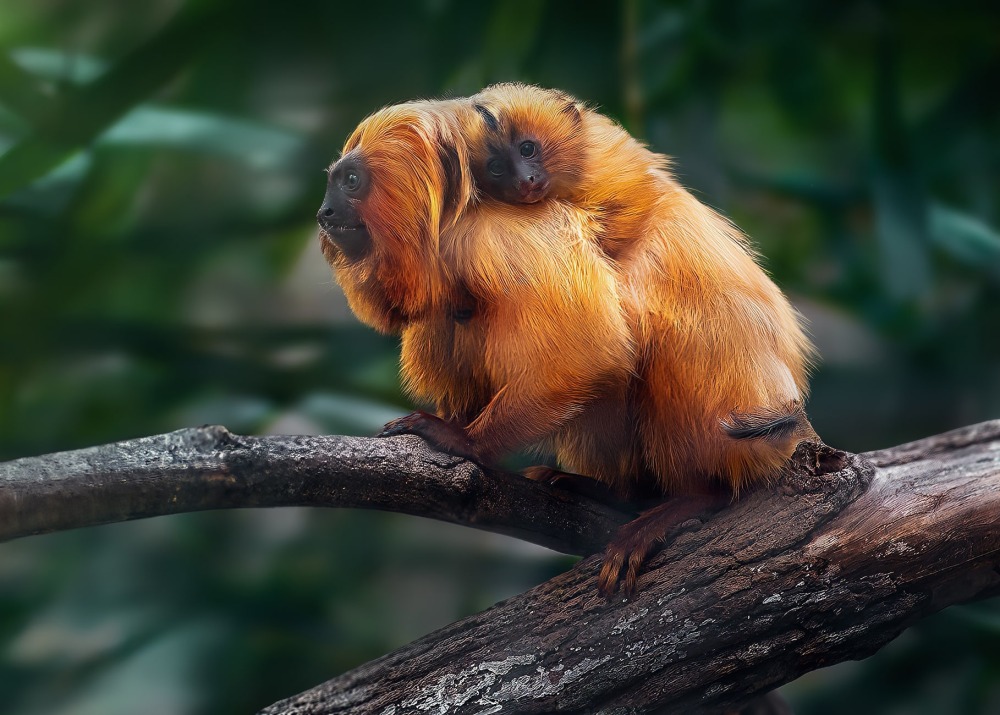
About 60 miles south of Rio de Janeiro, one of the last globally important populations of Endangered Golden Lion Tamarin exists in 13 small, isolated fragments of lowland Atlantic Forest. None of these fragments alone is large enough to sustain a genetically viable population of the species, and large gaps in the tree canopy previously prevented the animals from traveling across the remaining habitat.
Rainforest Trust and local partner Associação Mico-Leão-Dourado (AMLD) have been working together to close this critical gap in Golden Lion Tamarin habitat in the São João River basin through purchase of the San Antonio Ranch, a 244-acre property strategically located between the two largest forest fragments. Protection of this property has allowed for reforestation of the forest canopy, bridging the gap, and giving the tamarins the best possible chance of survival.
In May 2024, a cooperative from the rural district of Gaviões, where the San Antonio Ranch is located, was contracted to plant native plant species, including White guanande, Brazilian shaving-brush tree, Arara nut-tree, and Garlic wood, an evergreen tree, across an important ecological corridor, building a connection between the two largest forest fragments with known Golden Lion Tamarin populations.
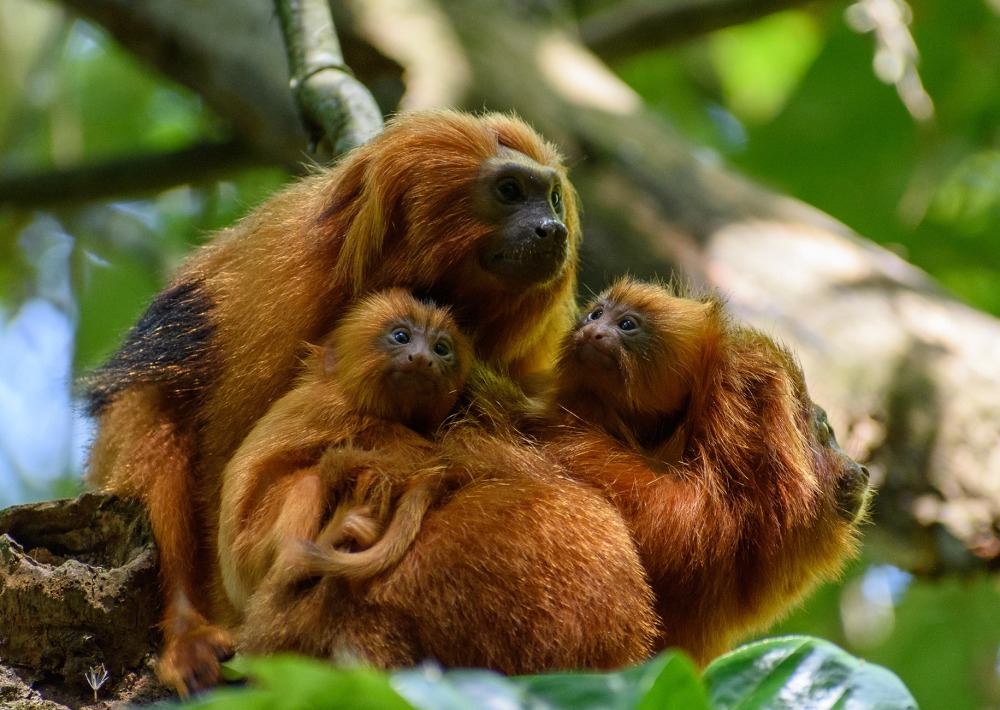
A family of Golden Lion Tamarin, by Lucas Barros
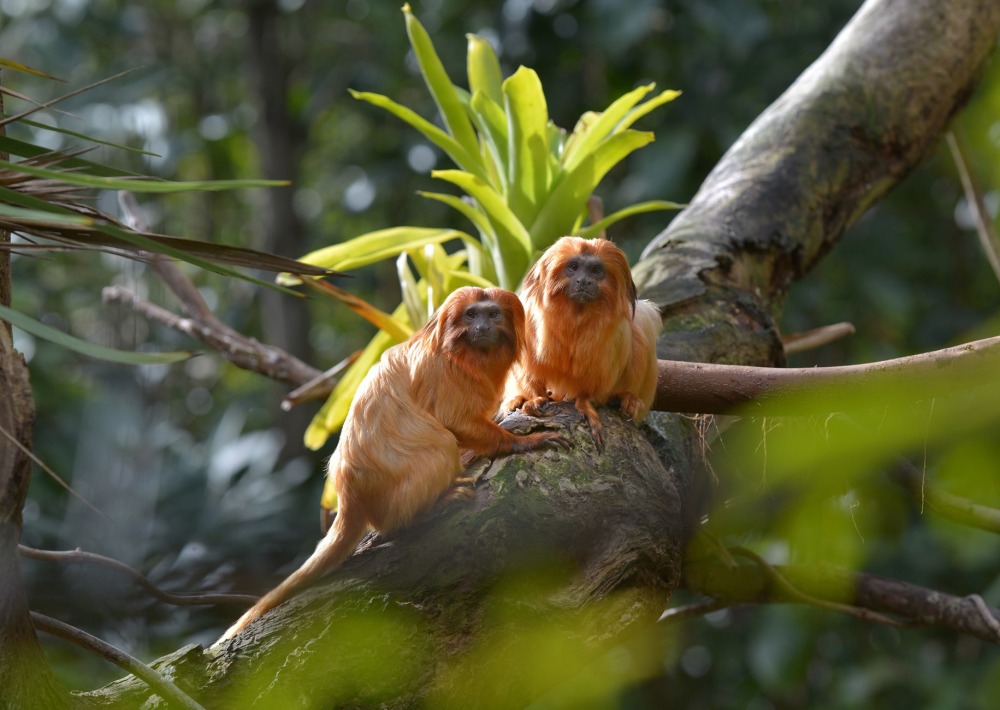
Two Endangered Golden Lion Tamarins in the Atlantic Forest of Brazil, by Chameleons Eye
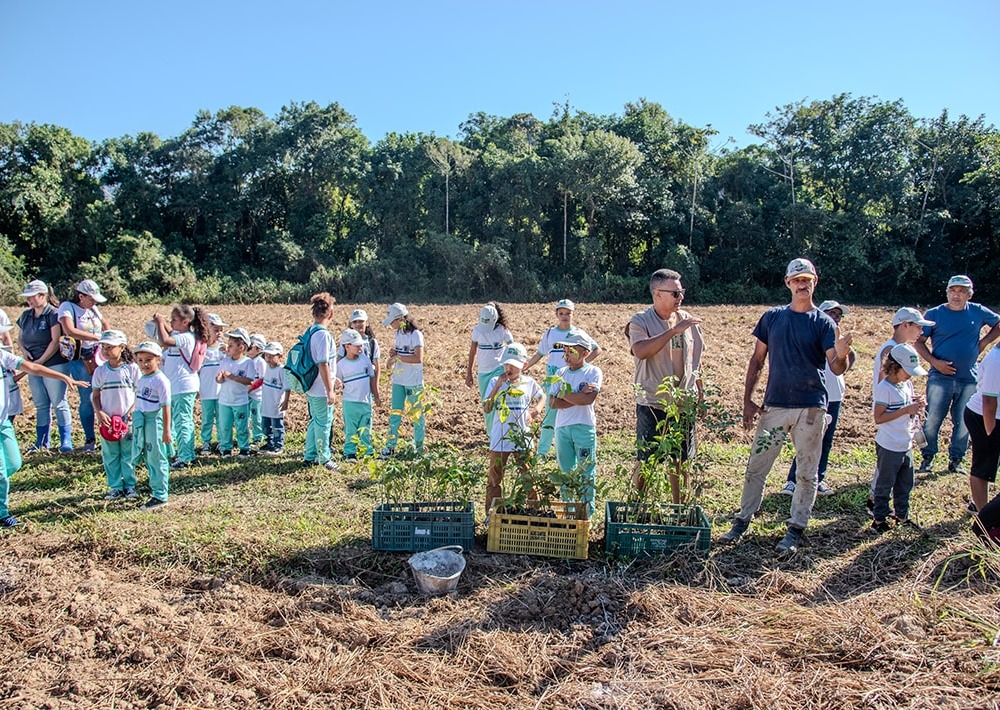
Local children help with reforestation efforts, photo courtesy of partner AMLD
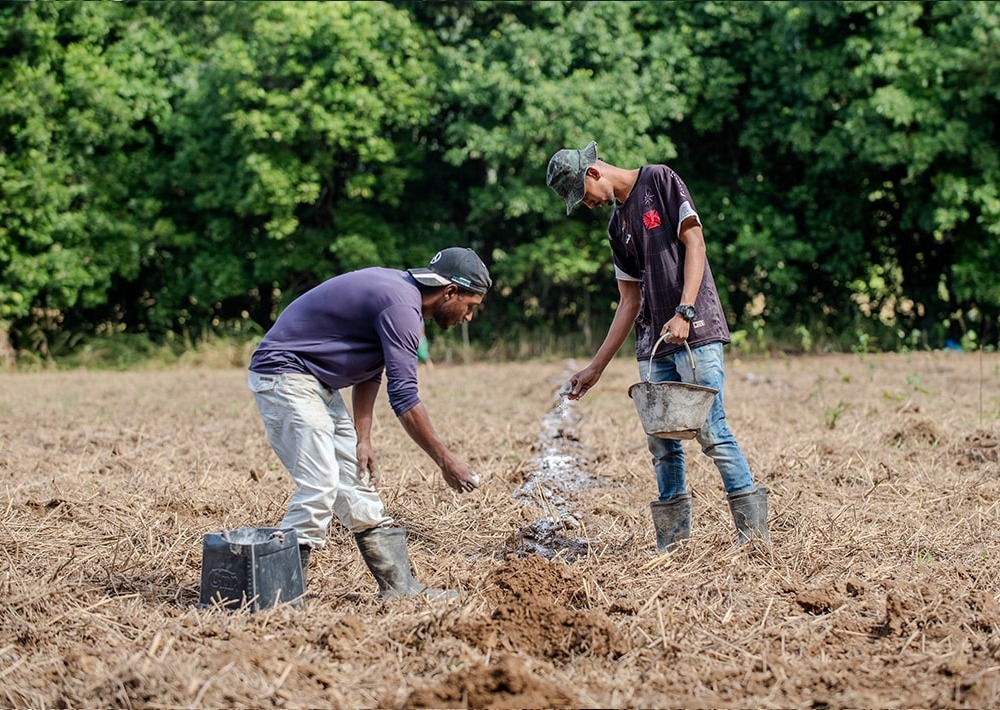
Reforestation efforts, photo courtesy of partner AMLD
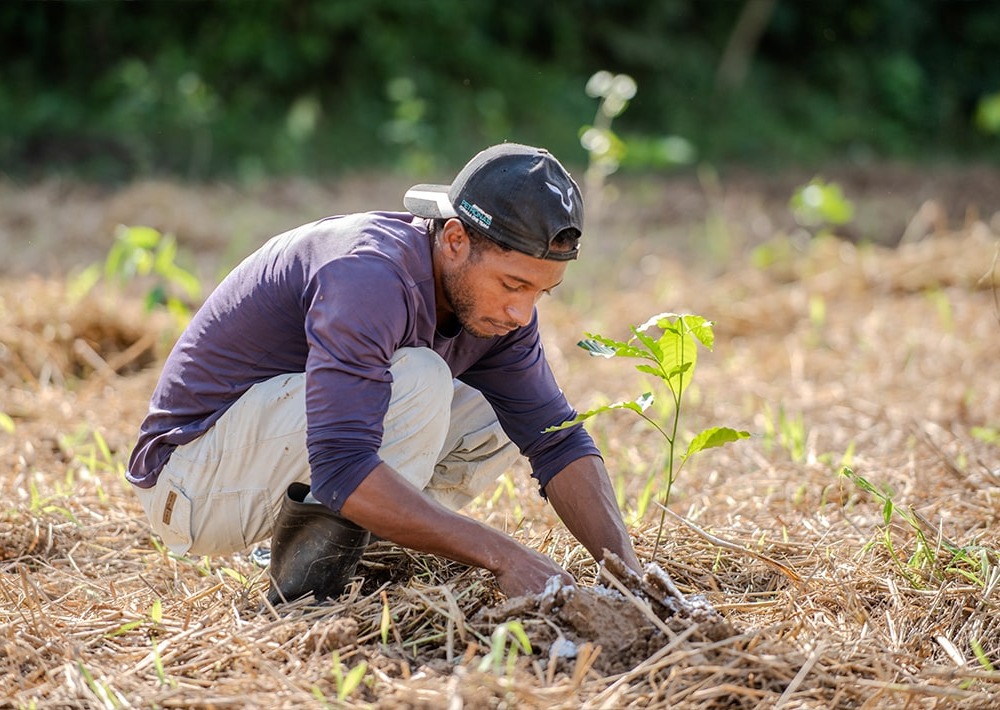
Reforestation efforts, photo courtesy of partner AMLD
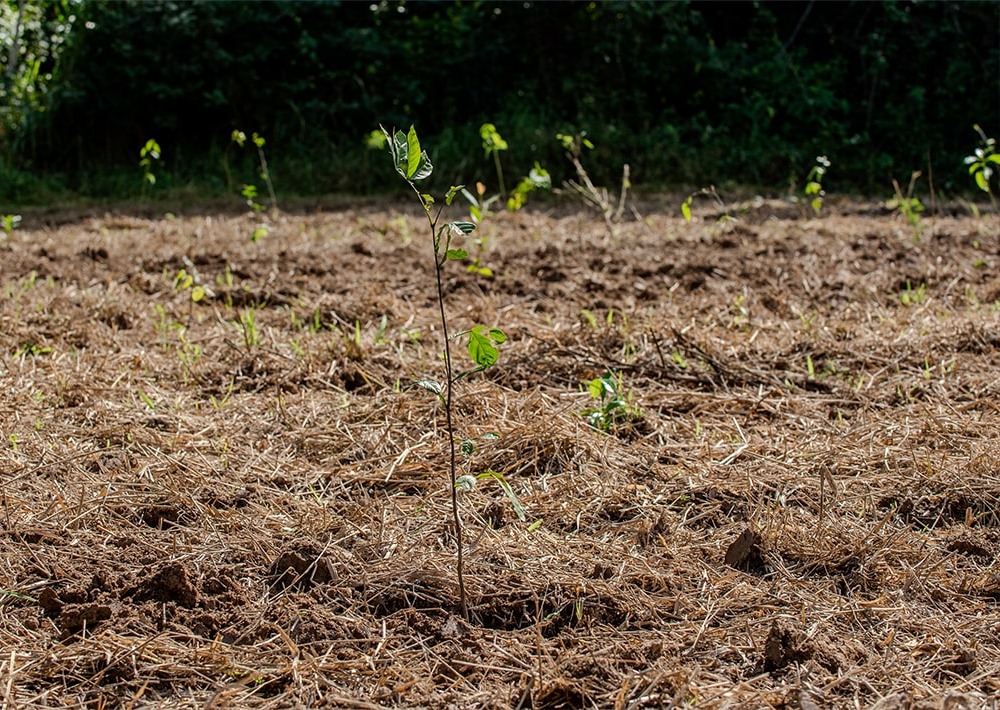
Reforestation efforts, photo courtesy of partner AMLD
Since May, the cooperative has been monitoring the corridor in order to assess which mammal species exist in the area, and to further assess if, and how, the mammal community has changed over time as forest restoration has occurred. Camera traps have caught footage of one Cougar in the corridor, and a partner working with AMLD spotted a group of Golden Lion Tamarins in the largest forest block that contains Golden Lion Tamarins in the landscape.
The documented sightings of Cougars and Golden Lion Tamarins illustrate the success and potential of reforestation to provide essential corridors for threatened species. Thanks to the planting of corridors by our partner and the cooperative, these previously separate forest units are now functioning as one big block of forest.
Habitat fragmentation has driven the Golden Lion Tamarin to its endangered status, and it remains the greatest threat to its survival today. Clearing forests for urban development and pastureland, and expanding networks of roads threaten to chop up what unprotected forest blocks remain.
Rainforest Trust continues to work with AMLD to protect this landscape and the threatened species that survive here.
Donate today to take action for conservation
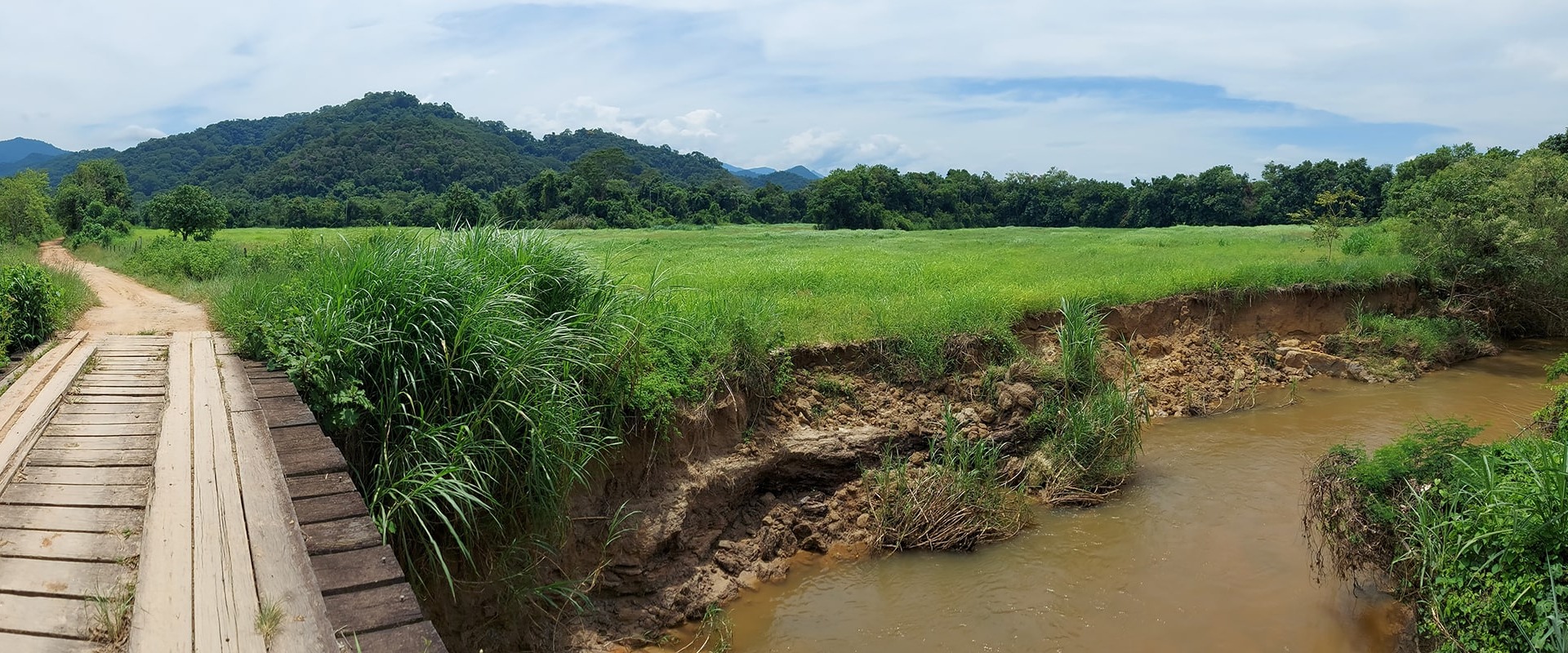
The Santo Antônio Farm, situated in the middle of the Patis Valley, photo courtesy of partner AMLD









